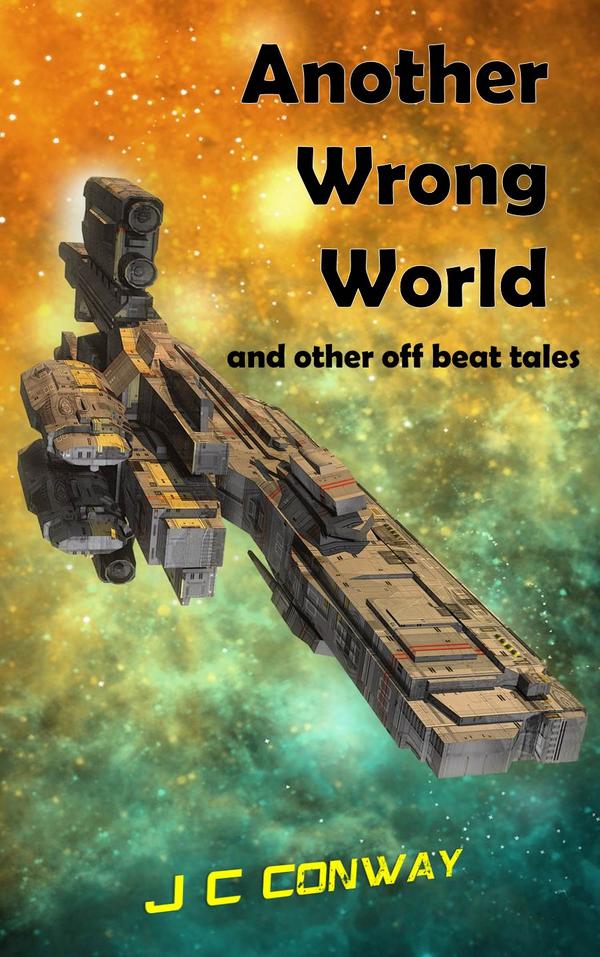Space is not a void without terrain. Although the features are hard to see, they can be mapped, and there are places near Earth that are sufficiently stable to be “home” for objects and structures.
Lagrange Points. There are five well-known points in space named after Joseph Louis Lagrange, who published an “Essay on the three-body problem” in 1772, just a few years after Leonhard Euler discovered the first three of the five points. The points, named L1 through L5, are places where the gravity of two orbiting bodies equalize so that an object at the point can remain relatively stationary with respect to the two orbiting bodies. For example, following is a diagram of the Lagrange points in the Earth-Moon orbital system:
The Trojan Asteroids are an example of groups of objects in the L4 and L5 points of the Sun-Jupiter orbital system. L4 and L5 are very stable (objects near them tend to circle the points rather than draft away), and are likely locations for future man-made colonies or industrial facilities. The collinear points, L1, L2 and L3, are unstable (objects tend to move away over time), but quite manageable with minor adjustments of thrust as drift begins and have advantages of themselves. One can imagine, for instance, the beauty of the L1 point in the Sun-Earth system as a wonderful source of uninterupted solar energy or a place to grow sun-hungry strains of high-yield crops.
But whether these places can be claimed (by way of “ownership” or any other package of rights granting control) is a complex question. Property rights are, of course, nothing but a series of conventions, mostly codified now, arising from a long history of territorial claims and conflicts. But those rights specifically do not, at this time and according to international agreement, extend into space.
Space Treaty. In 1967, many nations of the world entered a treaty titled “TREATY ON PRINCIPLES GOVERNING THE ACTIVITIES OF STATES IN THE EXPLORATION AND USE OF OUTER SPACE, INCLUDING THE MOON AND OTHER CELESTIAL BODIES,” more commonly referred to as the Outer Space Treaty or Space Treaty. Relevant to the discussion here, the Space Treaty forbids governments from claiming celestial resource, stating that “outer space, including the Moon and other celestial bodies, is not subject to national appropriation by claim of sovereignty, by means of use or occupation, or by any other means.” States that launch space objects retain jurisdiction and control over their objects. But this system does little to prohibit or establish private property rights in space, except that it implicitly inhibit’s a State from claiming it can grant such.
Moon Treaty. Another treaty went further. Known as the “Treaty on Principles Governing the Activities of States in the Exploration and Use of Outer Space, including the Moon and Other Celestial Bodies,” also known as the Moon Treaty or Moon Agreement, prohibits private ownership of extraterrestrial property. But the treaty was not entered or ratified by any space-faring nation.
 Several attempts to claim places in space have occurred, perhaps reminiscent of Spain’s claim to the New World, but without the physical presence of a person to plant a flag. (Note: The U.S. flags on the Moon are expressly “not” claims, according to an act of U.S. Congress.) Among them, a Chilean attorney claimed the moon in 1953, the Interplanetary Development Corporation offered lots on the moon for one dollar per acre, and three men once sued NASA for invading Mars because they inherited the planet from their ancestors three millennia ago. Claims have attached to asteroids, moons, comets and the heavens themselves.
Several attempts to claim places in space have occurred, perhaps reminiscent of Spain’s claim to the New World, but without the physical presence of a person to plant a flag. (Note: The U.S. flags on the Moon are expressly “not” claims, according to an act of U.S. Congress.) Among them, a Chilean attorney claimed the moon in 1953, the Interplanetary Development Corporation offered lots on the moon for one dollar per acre, and three men once sued NASA for invading Mars because they inherited the planet from their ancestors three millennia ago. Claims have attached to asteroids, moons, comets and the heavens themselves.
Orbital Real Estate. One significant claim of space property was asserted in 1976 in the Bogotá Declaration. Close to Earth, an object must orbit to keep its distance. For stable places relative to the surface of the Earth, geostationary orbit is useful, and that high orbital ring is occupied by many communications satellites. Some countries have laid claim to certain arcs of the “Clarke Belt” by way of the Bogotá Declaration. The claimant equatorial nations purported to avoid the prohibitions of the Space Treaty by describing geostationary orbit as a natural resource, not a region of space. The claim has not been honored by most other nations and international regulations addressing satellites in the orbit have largely marginalized the claim.
The Bigger and Still-Unresolved Issue
Routes. Proximity to Trade Routes, from ancient times to the present, has always affected prosperity, survival and the value of places. Large communities have grown near river and ocean ports, along caravan paths, near railroad routes and along driving routes such as highways or American Interstates. New technologies (i.e., boats, bigger boats, steam locomotives, trucks and cars) render new places valuable.
The Interplanetary Transport Network maps the routes of the future, which should dramatically affect the value of locations in space. From the right place, in relation to the cosmic dance of the planets, movement throughout the solar system can be made very efficient. Routes not passing certain key points, including the important L1, L2 and L3 Lagrange points near Earth, will cost a great deal more.

Property Rights. As private industry and other concerns expand into space–a process that has already begun–a need for more comprehensive real-property rights, or at least a means of dispute resolution regarding conflicts in the use of places, will have to be developed, because places along the Interplanetary Transport Network will probably be more valuable, and in higher demand, than other places. In his 1998 article, Real Property Rights in Outer Space, Wayne N. White, Jr., proposed a private real-estate regime. And the 2000 followup article, Implications of a Proposal for Real Property Rights in Outer Space. and especially the 2001 followup, The Legal Regime for Private Activities in Outer Space, all available on the Space Future Site: http://www.spacefuture.com/.
But even with a comprehensive foundation of property rights, there will be difficulties defining places. Certainly everything in space is moving. Even the  Lagrange points, while generally easy to understand and map on a large scale, are not as stable as terra firma. Stations and facilities at Lagrange points will be in constant motion, generally orbiting an empty place in space. Even the stable Lagrange points (L4 and L5) have a wobbly aspect to them–objects tend to find equilibrium in a kidney-bean shaped orbit around the “center” of the point. That will prevent stationary coordinates from being the basis of assigning space. The unstable points (the colinear L1, L2 and L3 points) require more effort to maintain (also in an orbit called a Lissajous orbit around empty space), but are probably more valuable because they are way stations along the Interplanetary Transport Network.
Lagrange points, while generally easy to understand and map on a large scale, are not as stable as terra firma. Stations and facilities at Lagrange points will be in constant motion, generally orbiting an empty place in space. Even the stable Lagrange points (L4 and L5) have a wobbly aspect to them–objects tend to find equilibrium in a kidney-bean shaped orbit around the “center” of the point. That will prevent stationary coordinates from being the basis of assigning space. The unstable points (the colinear L1, L2 and L3 points) require more effort to maintain (also in an orbit called a Lissajous orbit around empty space), but are probably more valuable because they are way stations along the Interplanetary Transport Network.
There is little doubt any private concern will have control or “ownership” of its facilities in space (the space stations or ships occupying various orbits or routes). But as the key places get crowded (we’ve already placed many probes in and around these places) the risk of interplanetary fender benders increases. Collisions may have catastrophic consequences. Efforts to avoid collisions may be enormously expensive.
We have time now to consider what system or conventions will work best. If we wait the system will develop organically and conventions will evolve. That might be good or bad. The risk of a new and different type of “land grab” exists, and when our descendants choose to migrate off Earth, they may find everything taken or claimed and have very little freedom to choose their future. On the other hand, hasty decisions now might seriously hamper the development of peaceful and practical conventions that benefit everyone.
(c) 2013 J. C. Conway

Related articles
- Space Law (scienceskim.wordpress.com)
- Who owns the moon? ‘Space lawyers’ increasingly needed for legal issues beyond Earth’s atmosphere (news.nationalpost.com)
- Can You Own Outer Space? (theinformate.wordpress.com)
- China’s Moon Run Is Raising an Age-Old Question (motherboard.vice.com)
- Lunar bill could violate UN space treaty (abc.net.au)
- Look, But Don’t Touch: U.S. Law and the Protection of Lunar Heritage (Op-Ed) (space.com)
- The Lagrange Points (heiderjefferj.wordpress.com)
- The Final Frontier? (moorhill.wordpress.com)










